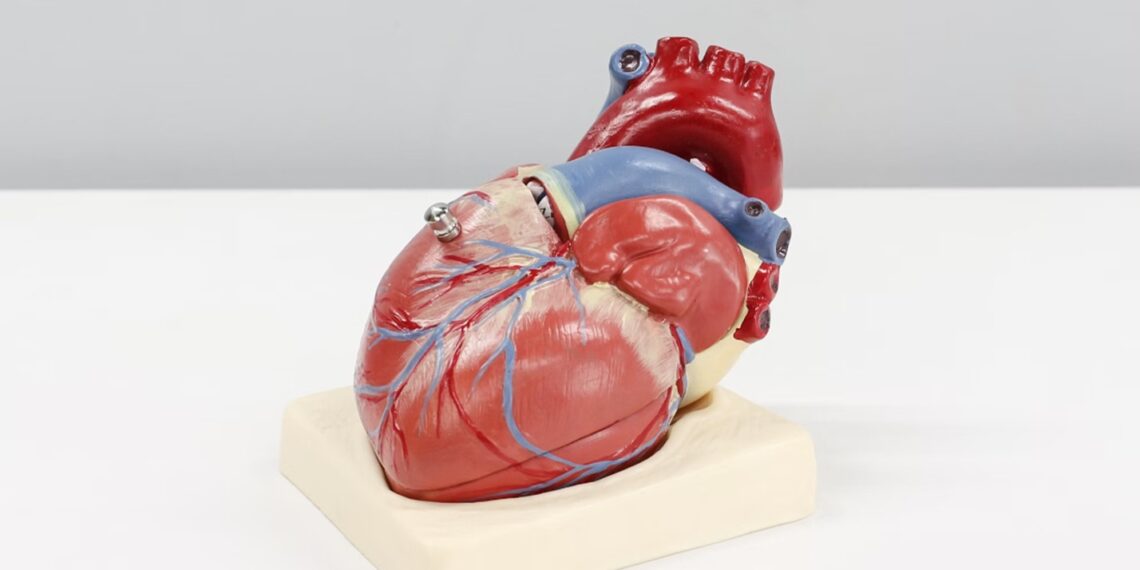Researchers have unveiled a groundbreaking AI-based model capable of forecasting irregular heartbeat, or cardiac arrhythmia, approximately 30 minutes before its occurrence.
Named WARN (Warning of Atrial fibRillatioN), the AI-model offers early warnings that could potentially be integrated into smartphones to analyse data collected by smartwatches.
This innovative model, developed by a team including researchers from the University of Luxembourg, boasts an impressive 80% accuracy rate in predicting the transition from a normal cardiac rhythm to atrial fibrillation – the most prevalent form of cardiac arrhythmia characterised by irregular atrial contractions.
These timely alerts would empower patients to take preventive measures to stabilise their cardiac rhythm, according to the team. Their findings are detailed in the journal Patterns.
To create the model, researchers trained it on 24-hour recordings obtained from 350 patients at Tongji Hospital in Wuhan, China.
Utilising deep-learning, a type of machine-learning AI algorithm that learns from past data patterns to make predictions, WARN identifies distinct cardiac rhythm phases and calculates the likelihood of an impending episode.
Jorge Goncalves, from the Luxembourg Centre for Systems Biomedicine (LCSB) at the University of Luxembourg and the study’s corresponding author, explained, “We used heart rate data to train a deep learning model that can recognize different phases — (normal) sinus rhythm, pre-atrial fibrillation and atrial fibrillation — and calculate a ‘probability of danger’ that the patient will have an imminent episode.”
The model issues early warnings when the probability of atrial fibrillation surpasses a specific threshold, providing patients with valuable time to intervene.
Arthur Montanari, an LCSB researcher and study author, emphasized the AI-model’s suitability for wearable technologies due to its low computational cost.
He stated, “These devices can be used by patients on a daily basis, so our results open possibilities for the development of real-time monitoring and early warnings from comfortable wearable devices.”















